Percocet Addiction Treatment and Rehab
Written by Jonathan Strum
& Medically Reviewed by Kanika Sharma-Mittra
Medically Reviewed
Last updated:
Last Updated - 12/29/22
View our editorial policyThe duration, cost, and types of rehab programs vary from person to person. Learn about rehab programs for Percocet misuse and addiction.
Percocet is a highly addictive painkiller that is made up of oxycodone and acetaminophen. As an opioid, oxycodone affects the brain wiring that makes a person experience mental calmness and euphoria. When weaning off Percocet, the withdrawal symptoms can include headaches, vomiting, and respiratory distress. It is necessary to seek medical help when trying to end Percocet addiction.
Addiction Treatment Options
There are various Percocet detox treatment options available, depending on a person’s condition. The best way to quit Percocet involves tapering the consumption of the drug under medical supervision. Each treatment method has a different framework, but they all aim to help people recover from addiction and lead a healthy life. Treatments include:
- Medical detox: Medical detoxification is generally the first step in any addiction treatment. Medical supervision ensures the proper treatment of Percocet overdose and management of withdrawal symptoms. However, if detox is not followed by further treatment, then there are high chances of relapse.
- Residential rehab: A Percocet rehab center is a facility that patients live in for the duration of their treatment. The biggest benefit of living in a residential rehab facility is the absence of any kind of temptation. This environment can help a person get their life back on track.
- Outpatient rehab: Medical practitioners do not advise at-home treatment of Percocet addiction symptoms during the initial phases of therapy, except under exceptional circumstances. It can be considered as a form of continued therapy when a person tries to transition back into their regular life schedules.
- Dual diagnosis: Dual diagnosis refers to substance use disorder coupled with mental illness. The mental illness can be in the form of eating disorders, depression, bipolar disorder, and many others. Treatment programs focus on providing simultaneous therapy for all co-occurring disorders.
- Aftercare and sober living: Aftercare is an important step once addiction treatment ends. It helps the individual cope better with the challenges and triggers they will face when attempting to reintegrate into society. Sober living houses provide a temptation-free environment, which is associated with a reduced risk of relapse. There are strict rules for living in sober houses, such as doing chores, following 12-step programs and limited guests. These guidelines help individuals learn discipline that will help them in their everyday lives.
How Long Does Rehab Take?
Generally, rehab programs are 30 to 90 days in duration. Whether the program is inpatient or outpatient depends on factors such as payment criteria and the patient’s needs. It also varies if a person has a dual diagnosis. The length of the rehab stay helps patients to deal with the consequences of addiction and continue lifelong recovery after their stay. The longer the treatment, the higher the chances of recovery are.
What Does Percocet Rehab Cost?
The cost of Percocet rehab depends on the severity of the addiction, the type of program recommended (inpatient or outpatient) and the duration of stay. Most rehab centers accept insurance or provide financing. Though non-insurance options can be pricey, the cost of the treatment will always be less than the cost of maintaining addictive habits.
Does Insurance Cover Rehab?
Most insurance plans cover rehab and addiction treatments. The best way to learn more about coverage is to contact either the insurance provider or the representatives at The Recovery Village Palm Beach at Baptist Health. If you do not have insurance, rehab is still a possibility with these options:
- Government assistance programs: There are a few grants that can help cover the cost of the treatment programs. The U.S. government’s Substance Abuse Prevention and Treatment Block Grant (SABG) assists with addiction treatments. SAMHSA also provides grants through funding opportunity announcements.
- Sliding fee programs: Sliding fee programs are provided by many rehab centers. These programs comprehensively assess an individual’s monetary situation and charge an amount that will allow the person to get suitable treatment. The main philosophy behind this program is that everyone should receive treatment, regardless of their income status.
- Private pay programs: There are many private payment options available for individuals who want high-quality luxury facilities for their treatment. However, people sometimes choose private pay options when the state-assisted facilities or programs have long waiting lists.
Choosing a Rehab Center for Percocet Abuse
There are many factors to consider while choosing a rehab center for Percocet addiction treatment.
- Location: Choosing a treatment center that is far from home is often a better option. It can minimize exposure to the people and conditions that led to addiction in the first place. However, this might not be feasible for everyone when it comes to cost and family responsibilities.
- Cost: The cost of an addiction treatment program will depend on whether you are receiving inpatient or outpatient therapy, how long will the treatment lasts and the level of facilities desired.
- Methods of treatment provided: Based on the kind of therapy that they would require, patients can decide which rehab center will be the best for their needs.
- Success rate: It is necessary to know the success rate of a particular rehab center before choosing it for addiction treatment. However, most rehab centers present statistics based on immediate treatment results. The National Institute on Drug Abuse reports that approximately 40% to 60% of patients relapse after treatment.
- Duration of treatment: Addiction treatments usually last for 30 days. However, longer treatments have been associated with better recovery outcomes.
- Staff-to-patient ratio: The staff-to-patient ratio generally depends on the cost of the level of care that a patient wants while undergoing treatment. In some places, the ratio may be one doctor per four patients. Others may have one doctor per 10 patients. The smaller the ratio, the better it is for the person receiving treatment.
What to Expect When You Go to Rehab
People visit rehab centers to turn their lives around. With that common goal in mind, all rehab facilities try to have a structured and disciplined environment.
- Rehab rules: Rehab centers usually have fixed mealtimes. Any form of electronics is prohibited. Patient attendance is mandatory in all the therapy sessions. A strict curfew is implemented. Limited guests are allowed. Relationships inside the facility are discouraged.
- What to bring to rehab: Most rehab centers limit the type and quantity of items that patients can bring with them. Some of the items patients can bring include simple and comfortable clothing, any current prescription medications in their original containers, documents (including insurance cards), ID cards, checkbooks, books and contact numbers of family members.
What Happens After Rehab?
After completing addiction treatment, the next step involves transitioning back into society. This is hard for patients because they will come across temptations and triggers. It is important that they have a post-rehab treatment plan to avoid relapse. The plan can include following the steps of recovery, having a new social circle, finding a support group, practicing healthy eating and staying in the company of sober people.
How Rehab Improves Recovery
SAMHSA recovery statistics reported that out of 20 million people who needed addiction treatment in 2017, only 4 million people received it. Most of these people received treatment in a rehab facility. The structured program design allows for patients to recover from drug misuse in a sustained and supportive environment.
Key Points: Understanding Percocet Addiction Treatment & Rehab
Important points to know about Percocet addiction treatment and rehab include:
- More than 130 people die every day due to an opioid-based drug overdose. These figures reflect the importance of drug addiction treatment programs.
- Percocet addiction treatment options vary depending on the type and severity of the addiction.
- There are numerous Percocet rehab facilities offering a variety of programs at different costs and levels of comfort.
- It is essential to create a post-rehab treatment plan to transition back into society.
If you or someone you know is suffering from a Percocet addiction, The Recovery Village Palm Beach at Baptist Health is here to help. Our facilities provide carefully designed and monitored treatment programs for people facing addiction issues. Contact us today to learn more about individualized plans and treatment options.
View Sources
Harvard Medical School. “Treating opiate addiction, Part I: Detoxification and maintenance.” June 27, 2019. Accessed June 25, 2019.
National Alliance on Mental Illness. “Dual Diagnosis.” August 2017. Accessed July 25, 2019.
MedlinePlus. “Mental Disorders.” Updated July 1, 2019. Accessed July 25, 2019.
Benefits.gov “The Substance Abuse Prevention and Treatment Block Grant.” (n.d.). Accessed July 25, 2019.
Substance Abuse and Mental Health Services Administration. “Grants.” (n.d.). Accessed July 25, 2019.
National Health Service Corps. “NHSC Sliding Fee Discount Program Information Package.” June 2019. Accessed July 25, 2019.
U.S. Department of Health and Human Services. “What is the U.S. Opioid Epidemic?” January 22, 2019. Accessed July 25, 2019.
The National Institute on Drug Abuse. “How effective is drug addiction treatment.” January 2018. Accessed July 25, 2019.
SAMHSA. “Key Substance Use and Mental Health Indicators in the United States: Results from the 2017 National Survey on Drug Use and Health.” 2018. Accessed July 25, 2019.
Authorship



